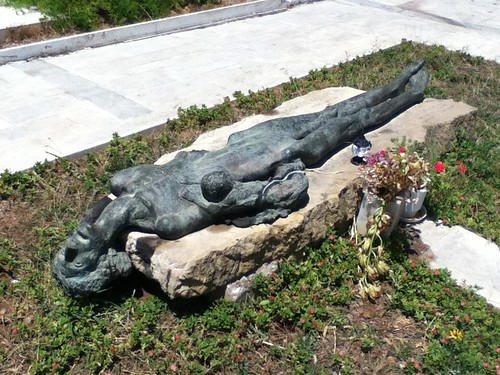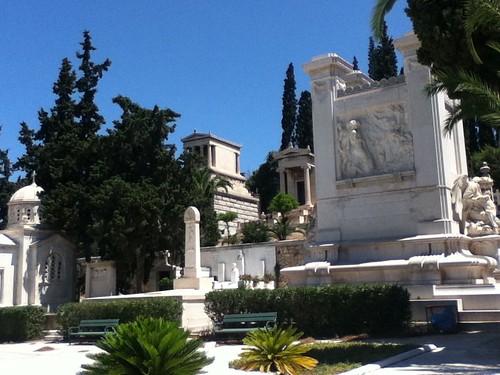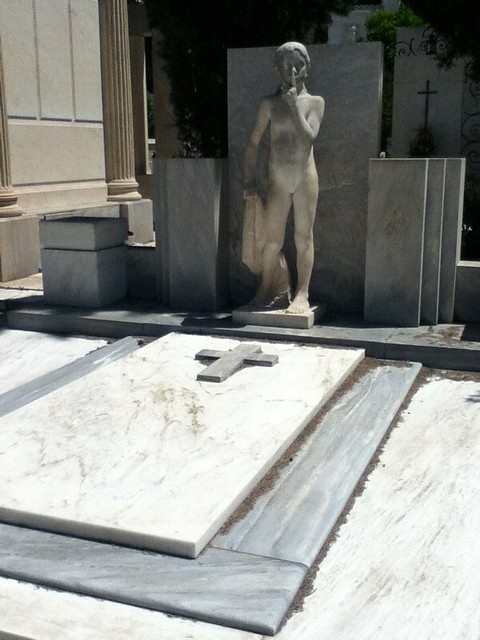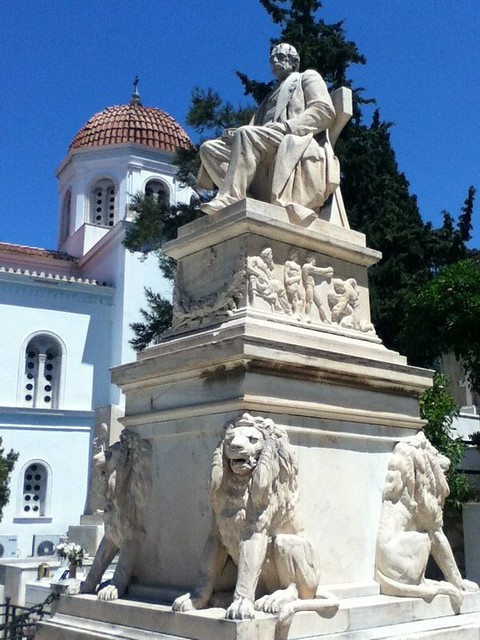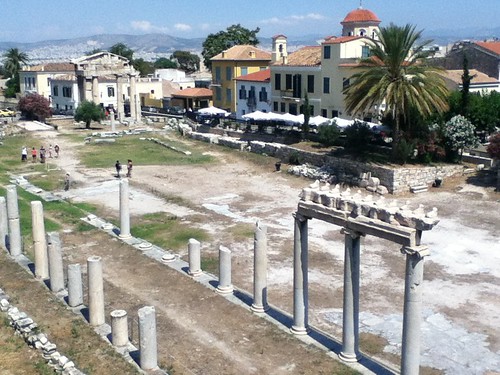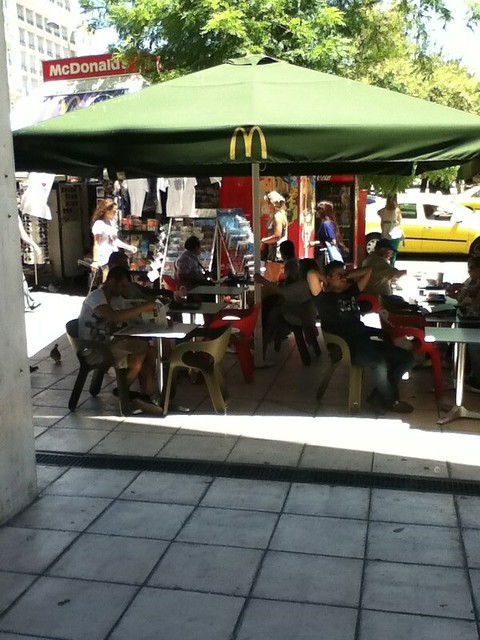分类: Athens
First Cemetery of Athens, Greece
The First Cemetery of Athens is the official cemetery of the City of Athens and the first to be built. It opened in 1837 and soon became a luxurious cemetery for famous Greek people and foreigners. The cemetery is located behind the Temple of Olympian Zeus and the Panathinaiko Stadium in central Athens. It can be found at the top end of Anapafseos Street (Eternal Rest Street). It is large green space including pines and cypresses. In the cemetery there are three churches. The main is the Church of Saint Theodore and there is also a smaller of Saint Lazarus. The third church is a Catholic church. There are also separate places for Protestants and Jews. The cemetery includes the tomb of Heinrich Schliemann, designed by Ernst Ziller, the tomb of Ioannis Pesmazoglou, that of Georgios Averoff, and one named I Koimomeni (the Sleeping Girl), by the sculptor Yannoulis Chalepas, from the island Tinos. The cemetery is under the Municipality of Athens and it is declared as an historical monument.
Roman Agora and Tower of the Wind, Athens, Greece
The Roman Agora (Market of Caesar and Augustus) is located on the north side of the Acropolis, and a short distance to the east of the Greek Agora, with which it was connected by a paved street. An inscription (IG II2 3174) on the architrave of the monumental Gate of Athena Archegetis (“Athena the Leader”) tells us that Julius Caesar and Augustus provided the funds for its construction in the 1st century B.C. The Roman Agora consists of a large, open-air courtyard surrounded by colonnades on all four sides. On the eastern side, there were also a series of shops. On the southern side was a fountain. The main entrance was on the west (Gate of Athena Archegetis), and there was a second entrance (or propylon) on the east, leading up to a public latrine and the “Tower of the Winds.” The Roman Agora apparently became the main market of the city, taking over many of the commerical functions of the Greek Agora, which had become something of a museum (or archaeological park) by that time.
继续阅读Roman Agora and Tower of the Wind, Athens, Greece





